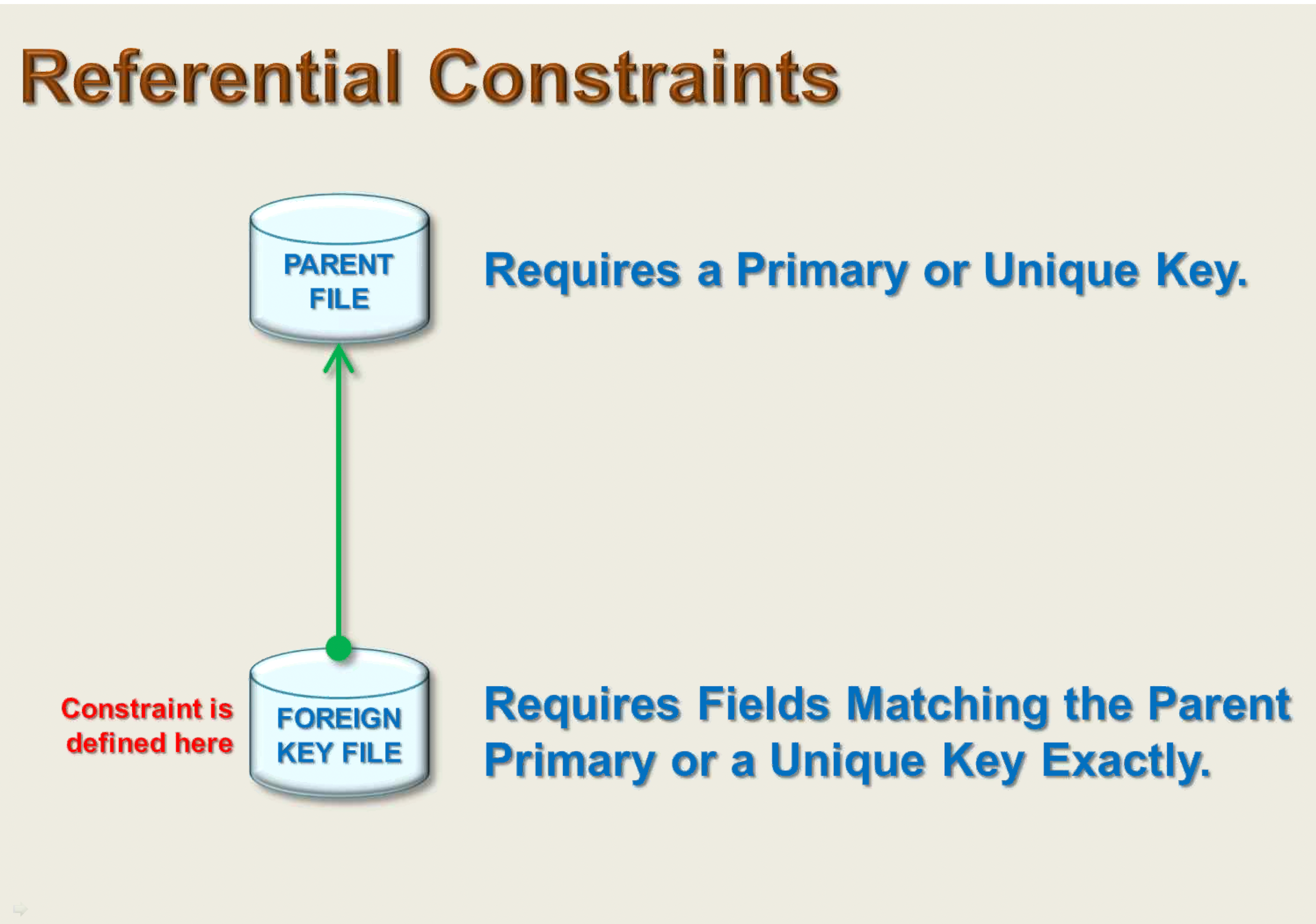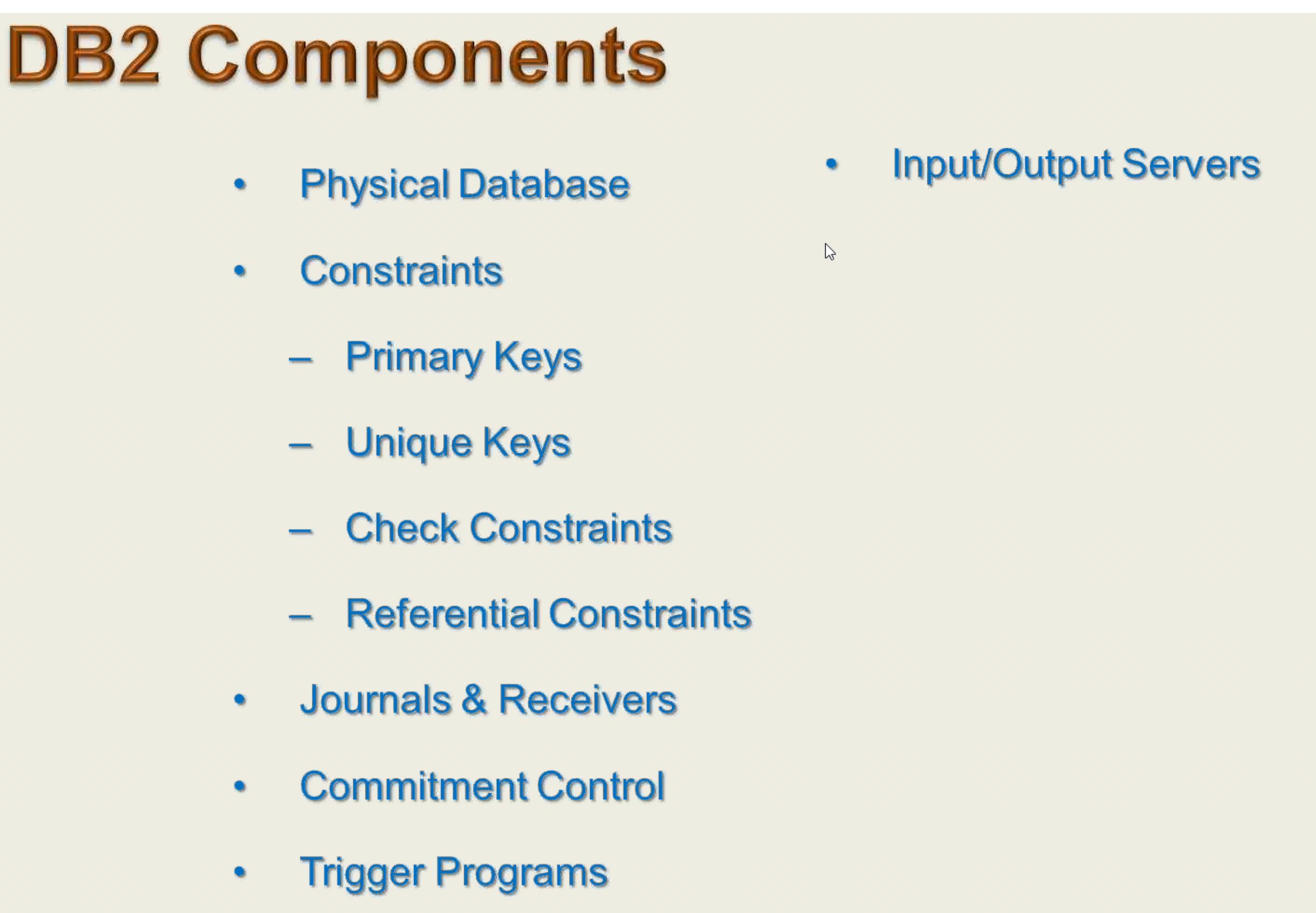In today’s fast-paced world, businesses are constantly looking for ways to streamline their operations and increase efficiency. One area that has seen significant advancement in recent years is database modernization. This innovative approach to software development is designed to help organizations bring their systems up to date and compete.
What is Application & Database Modernization?
Database modernization implies updating an organization’s existing software systems to take advantage of data-centric technologies. This involves a combination of code and database refactoring, to create a more efficient and competitive software infrastructure that is better suited to meet the changing needs of businesses.
Benefits of Database Modernization
There are many benefits to modernizing an organization’s code database. Some of the most important include:
- Increased efficiency: By taking advantage of the functionality built. into DB2 (trigger programs & constraints).
- Degrease maintenance & testing effort: No need to check the constraints the old fashion way when the operating system does it for you and secondly when the business logic is consolidated in the database with trigger programs there is no need to repeat it every time you write a new program. This will result in less coding and less testing over time.
- Increased competitiveness: By adopting modern software development practices, organizations can stay ahead of the curve and remain competitive in their respective industries.
- Better security: With updated software systems, organizations can take advantage of the latest security features and technologies, reducing the risk of data breaches and other security-related issues.
- Performance: Because triggers and constraints run in the operating systems storage pool they are faster
The Process of Application & Database Modernization
The process of application & database modernization involves several key steps:
Assessment: The first step in the code database modernization process is to assess the existing systems to determine what needs to be updated and how.
Code refactoring: Once the systems have been assessed, the next step is to refactor the existing code to make it more efficient.
Database migration: This step involves migrating the existing database to a modern platform, such as a cloud-based solution.
Testing: Once the code has been refactored and the database migrated, the final step is to test the updated systems to ensure that they are working correctly.
The Future of Database Modernization
As technology continues to evolve, database modernization will become increasingly important for organizations of all sizes. By staying ahead of the curve and adopting modern software development practices, organizations can remain competitive and achieve their goals more effectively.
Conclusion
Code database modernization is a critical component of any software development strategy. By updating existing systems to take advantage of modern technologies, organizations can improve efficiency and become more competitive and improve security. With the right approach and tools, the future of code database modernization on the IBM i is bright and full of opportunities.



